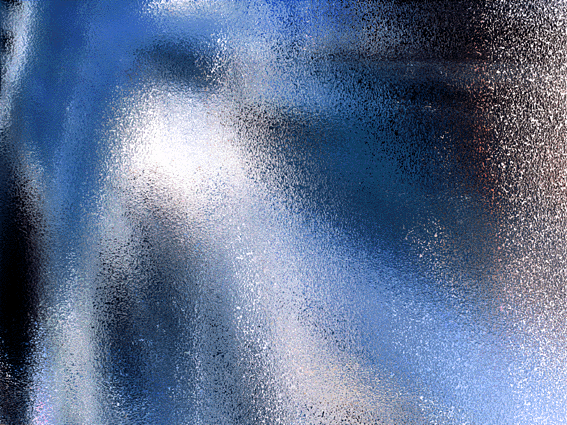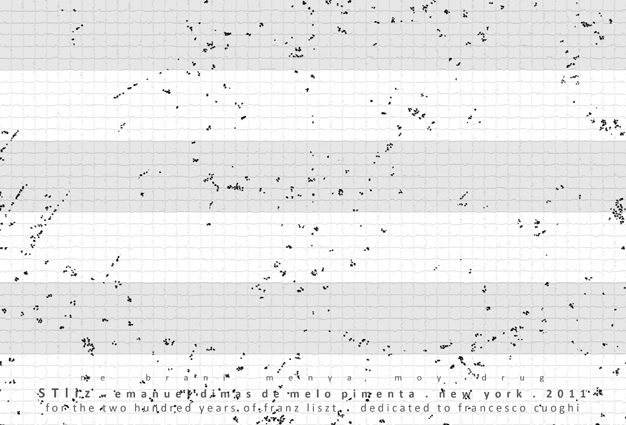emanuel dimas de melo pimenta concert | movie world première celebrating two hundred years of Franz Liszt fano | marche | italy | 21.01.2012 teatro della fortuna - sala verdi francesco cuoghi - guitar and live electronics maurizio barbetti - viola


Liszt was not only a great virtuoso, but also a revolutionary composer. In 1875, Liszt composed his famous Bagatelle without Tonality, nearly forty years in anticipation of Arnold Schoenberg's Pierrot Lunaire, premiered in 1912.
Liszt was then sixty-four years and had joined the monastery Madonna del Rosario, near Rome.
Franz Liszt died in July 1886, at seventy-four years old.
Few weeks before his death, Liszt wrote his last composition, a song: Menya Ne Brani, moy Drug, his only song in Russian. The title of the piece is part of "The Blind Man" - poem by Alexey Konstantinivich Tolstoy, distant cousin of Leo Tolstoy. A fragment of the poem by A K Tolstoy was used as lyrics. Menya Ne Brani, moy Drug means "Do not blame me, my friend".
STliz was entirely composed from the last song of Liszt. It is dedicated to the musician Francesco Cuoghi.
STliz has a total duration of sixty minutes. It is a long piece, very monotonous, where our ability of concentration is put in question. The version for the world premiere in January 2012 has only ten minutes. It also has a film with the same title, made with the colors generally used on television.
The musical piece is composed of two systems - an electronic "base", worked on the piece of Liszt, and another system, of improvisation, open to any number of instruments.
The score of the second system is a map containing bars (or fields) and points. The bars (or fields) indicate the "axis of attraction", to which each instrument should turn around. These "lines of attraction" can be defined by musical notes, tones, modes or even Indian ragas. The choice of what each bar will be depends on the analysis and reflection of the musicians regarding the first system, electronic. Each field is divided into six sub-fields, which may or may not be used by musicians.
Once defined the quality of the bars, each player should draw his own route on the map. To do this, one must draw a path from the points that are scattered on the plan. These points were determined after a map of the stars in North Pole's sky.
